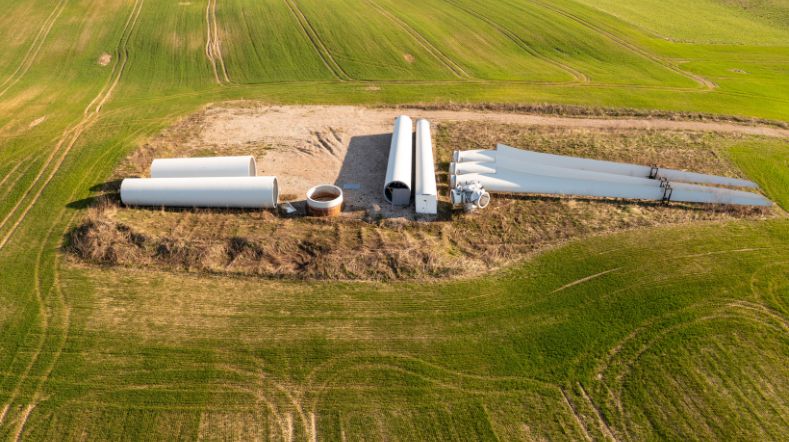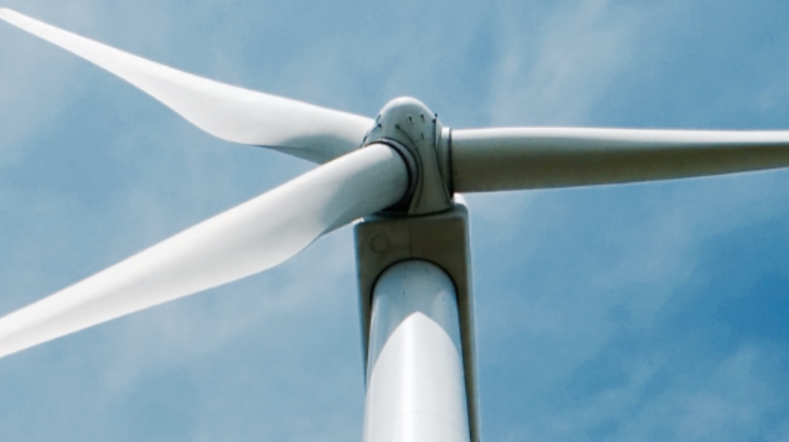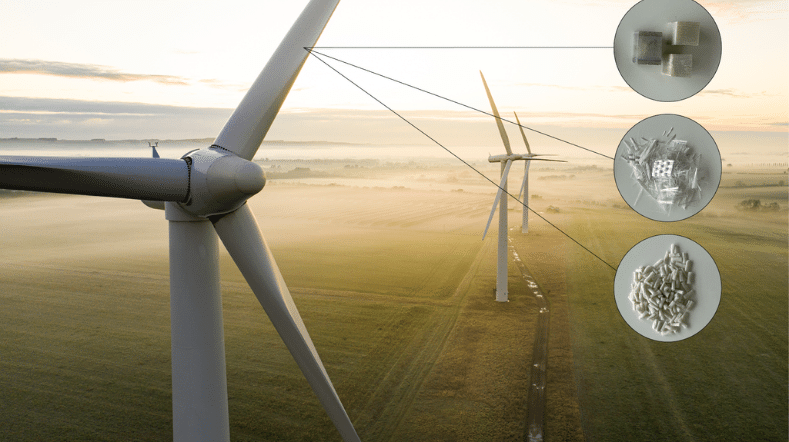
Consortium explores positive wake effects of floating wind turbines
An international consortium comprising six leading entities has embarked on a research and demonstration project investigating the positive wake effects of wind turbines featuring tilted rotors. TouchWind, a Dutch innovator in floating wind technology, spearheads the initiative as it develops a tilting-angled, one-piece rotor floating wind turbine. The consortium includes Mitsui O.S.K. Lines (MOL) from Japan, TNO, maritime research institute MARIN, electric motors, drives producer Nidec, and rotor blade specialist We4ce.
Unleashing the potential of tilted rotors
The POWER project, aptly named 'POsitive Wake Effects of turbines with tilted Rotors', aims to demonstrate that offshore wind production costs can be significantly reduced by enhancing energy capture in offshore wind farms. The project focuses on mitigating the notorious ‘wake effect’ that impedes the performance of downstream turbines, ultimately hampering efficiency and power production.
Maximizing wind energy production
The POWER project aims clustering wind farms to optimize space usage at sea. The project explores the feasibility of positioning turbines with tilted rotors closer to each other without compromising energy capture efficiency, thereby maximizing wind energy production per square kilometre.

‘‘The POWER project represents a significant step forward in the quest for more efficient and economically viable offshore wind energy production. With the consortium partners, we aim to unlock the full potential of tilted rotor technology.’’
Strategic goals
The POWER project has identified two primary goals to drive its research and demonstration efforts. Firstly, it aims to investigate the reduction of wake losses by utilizing turbines with tilted rotors to deflect the wake effectively. Secondly, the consortium seeks to validate the concept that turbines with tilted rotors can act as wind ‘pullers’, drawing more wind from upper air layers into a wind farm, thereby creating a positive effect. The synergistic combination of these effects could pave the way for wind farms with significantly higher power density.
Prototype development and testing
Within the framework of the POWER project, TouchWind, in collaboration with Nidec and We4Ce, will develop ten prototype turbines featuring tilted rotors with a diameter of 6 meters. The project includes comprehensive field testing, initially on land and subsequently on water.
TNO and MARIN will play a pivotal role in the testing phase, conducting extensive measurements to evaluate various wind farm layouts in terms of configuration and distance, thus validating the concept and numerical models.
The Netherlands Enterprise Agency (RVO) has provided crucial funding for the POWER project, supporting its comprehensive research and demonstration program.

‘‘It is wonderful that we can start this project with ten wind turbines with tilted rotors together with our consortium partners who all have their own expertise on specific areas of this research and demonstration programme.’’
Get inspired
First study on public perception of wind turbine circularity


Advancing wind turbine blade reliability through innovative monitoring and digital twin technology


Towards new methods for designing wind turbines


TNO innovation offers discarded wind turbine blades a circular future


Huge worldwide potential for floating wind turbines


